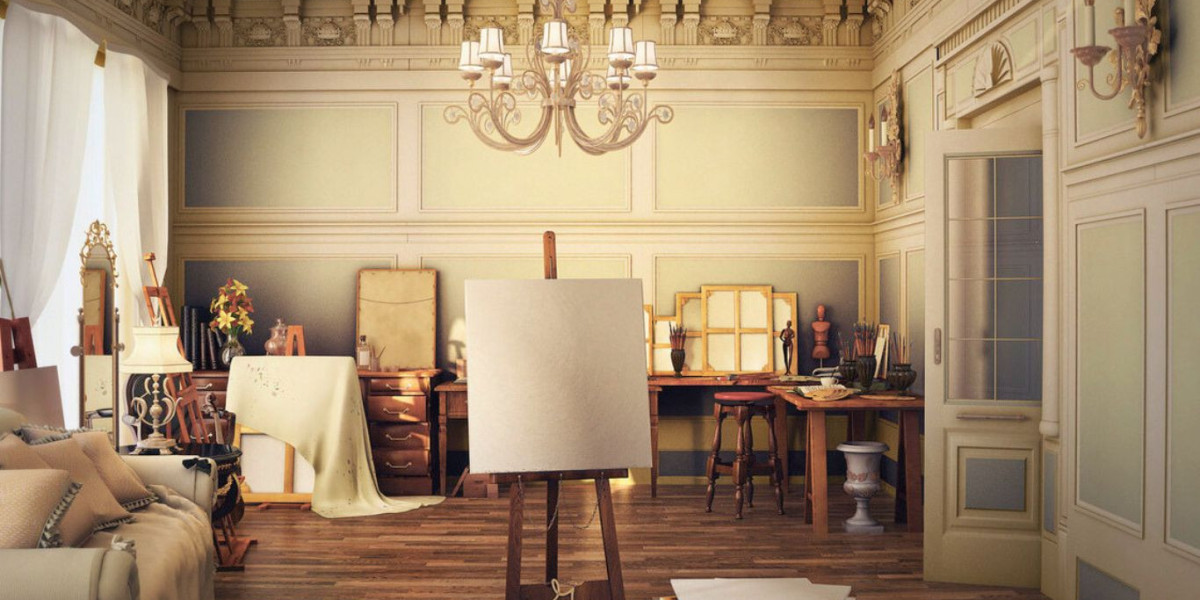When you buy a property with the mindset to generate wealth, it’s called real estate investment. It’s an approach that helps investors make money either through rental income or via value appreciation. The strategy includes both direct and indirect investment. Fine art investment, on the flip side, is another popular approach where someone capitalizes on culturally significant artwork. You can put your money into blue-chip art or an artist.
An aspirant investor with an interest in art? That’s a very confusing duo. On the one hand, it’s your love for art that compels you to invest in fine art. On the other hand, something inside you begs to invest in alternative assets. Puzzling? For some, it can be perplexing. For others, it can be an enigma. Most cannot move forward with their investment plan without getting rid of this confusion. After all, you aren’t willing to give up on your hard-earned money just because of a wrong decision that you made out of the fog.
This blog post will guide you on which investment is better for you between property and fine art.
What Should You Choose b/w Property and Fine Art Investment?
Stuck between these two investment strategies as a novice investor? Then you’ve got to understand both these approaches on a deeper level. When it comes to differentiating between the two on the basis of returns, real estate has an upper hand. There are more ways to accumulate wealth in the property landscape than in fine art. And the risk level? Undoubtedly, it’s also comparatively low when you put your money into a land or building.
Below is the detailed account of what you should choose between property and fine art investment:
1. What is Property Investment?
In the landscape of investment, property investment is the act of putting your money into alternative assets. By alternative assets, we’re referring to lands or buildings. There’s residential property where the asset is meant for housing purposes. You can also choose commercial land or a building for business purposes.
You might also have heard about industrial real estate. Here, the asset you invest in is utilized for warehousing or manufacturing. You can capitalize on any of these assets either directly or indirectly. And the return opportunities? These are created through capital gains and rental incomes.
2. Benefits of Property Investment
When you compare the advantages of real estate investment with fine art investment, it’s important to know that both are alternative assets. With that in mind, you can appreciate the following benefits of investing in land or buildings:
- Passive income
- Value appreciation
- Higher predictability
- Hedge against inflation
- Lower risk
These perks, however, can only be ensured when you invest wisely, seeking help from a property expert. You can get in touch with professionals at Global Partners to achieve the milestone.
3. Drawbacks of Property Investment
Looking only at the benefits of one side? That wouldn’t really be a wise thing to do when you’ve to decide between real estate investment and fine art investment. Therefore, you should also keep the following drawbacks of property when compared with artwork:
- Higher initial cost
- Intensive management
- Increased maintenance requirements
- Potential for negative cash flow
- Complex legal system
There’s good news, however: You can avoid these disadvantages by making a wise investment choice and working with a fund manager.
4. What is Fine Art Investment?
It’s exactly what the term shows: Putting money into artwork that’s considered culturally significant. This also belongs to the class of assets called alternative. For investment, you can choose between traditional and digital art, depending on your goals and interests. Some people also opt to capitalize on artists. They can be established or mid-career.
There are many methods you can use to invest in fine art. Say, you can go for sole ownership of the art by purchasing it. Then, there are art investment funds. Going for fractional shares is a popular choice for multiple art investors. Investing in NFTs or other digital artworks is also possible.
5. Benefits of Fine Art Investment
There’s no doubt that both types of investments can be potentially beneficial, depending on what goals investors have. When compared with property investment, investing in fine art can guarantee a number of unique perks. These usually include:
- Low correlation to equities
- Protection from market changes
- Higher liquidity options
- Global market accessibility
- Lower holding costs
Then, you may also want to know that the regulations involved in fine art investment are generally less complicated than those that regulate property investment.
6. Drawbacks of Fine Art Investment
After reading the above benefits, you mustn’t jump to the conclusion and put your money into expensive artwork. That’s because fine art investment can have more disadvantages when compared with property investment. These drawbacks are:
- Lack of a proper income stream
- Higher transaction costs
- Unregulated market conditions
- Evaluation difficulties
- Authenticity issues
Along with these cons, there’s also an increased risk of forgery when you choose fine art over property to invest in. For these reasons, real estate can be a wiser choice.
What Should You Choose?
In the landscape of investment, property and artwork are two famous alternative assets. Putting your money into fine art can be more disadvantageous because of the risk of forgery and an unregulated market. There’s also a significant transaction cost. Therefore, you should make an informed decision by capitalizing on lands or buildings. Get in touch with a credible fund management company now to invest in property.
Read more relevant articles on https://talkin.co.ke.



